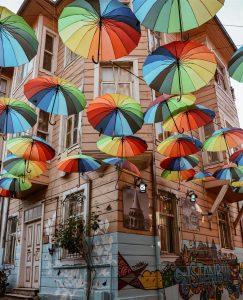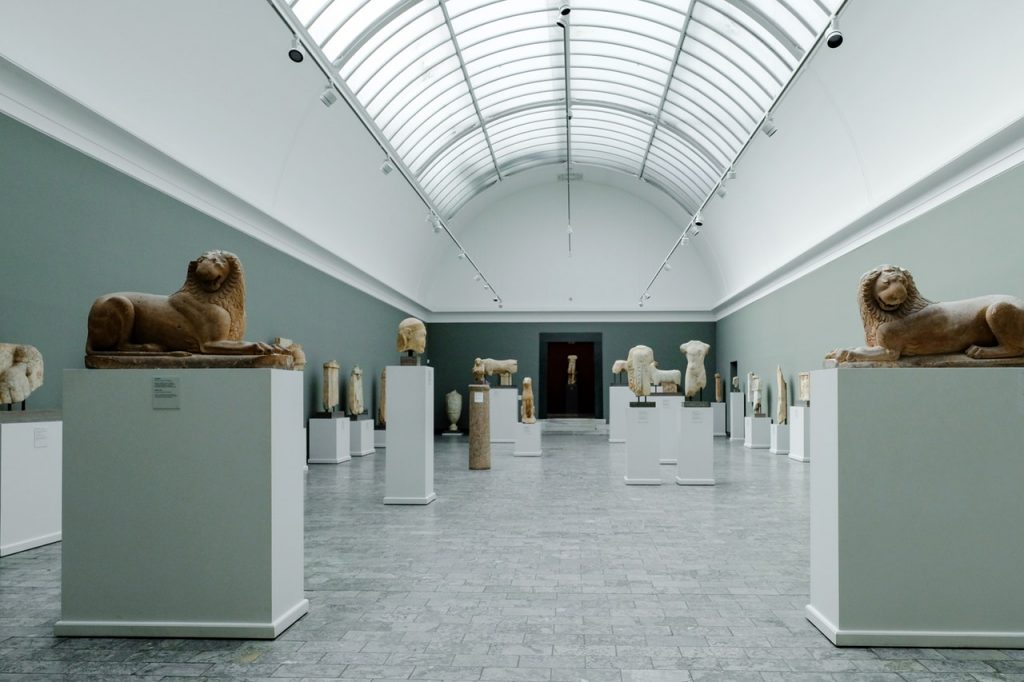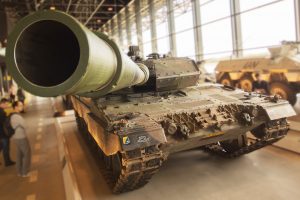So you have sent out your cover letter and resume and have since had a call from the manager who wants to schedule an interview with you. Follow the steps below to help ensure you have a successful interview, which is the next step in your international student internship process. You not only want the internship, but you want to nail it completely.
Be Prepared
Time to prepare yourself for the interview by wearing the appropriate clothing, carrying out some research on the company  and start a list of questions that you want to bring to the meeting. Bring your resume to the interview just in case there isn’t a copy on hand the employer might want to refer back to. Practice answering some standard interview questions which you can find online to help you prepare and gain some confidence before you get there.
and start a list of questions that you want to bring to the meeting. Bring your resume to the interview just in case there isn’t a copy on hand the employer might want to refer back to. Practice answering some standard interview questions which you can find online to help you prepare and gain some confidence before you get there.
Make a Good First Impression
The interview is your chance to get out there and market yourself. This is the reason that you sent out the resumes and prepared well for the interview. Once you get to the interview point, you now have the job to create a good first impression by attending to some non-verbal behaviour like shaking hands and keeping eye contact, being prompt and being on time. It is good to appear poised, but you also want to look relaxed throughout the interview. Giving a good first impression will help to set your stage for a successful interview.
Emphasise your accomplishments and skills
Let there be a focus on your achievements and abilities. Mention any volunteer work that may be related or extracurricular activities that will come in handy for the job and any other internships or experiences you have had in the past. Everything is important here from describing your communication skills, organisation, problem-solving, strong analytical, and so on.
Provide the interviewer with some skill examples
A common way of interviewing is called behavioural interviewing. The interviewer will give you a scenario and ask how you would handle a particular situation. Prepare yourself for these types of questions before the interview, which will provide you with a quick reference to any relevant previous experiences. This is where the manager will see what your problem-solving capabilities are and your thought process.
Make sure you comprehend the question before answering
When your interviewer asks a question, know that it is ok to ask them to repeat the question or clarify what they mean. Avoid rushing ahead and assume you know the right answer. You can work with a student placement service provider to prepare for the interview as well as to find internships.
Bring in samples of your work with you
Whether you are into studio art, photography or teaching art bring in some samples to your appointment. Managers like to see what you can do visually.
Finish the interview with confidence
The start and end of the interview can be the most important part of the interview. You should always end your interview in confidence. Thank your interviewer for their time and ask when you would expect to hear back about the results.
Follow up with a thank-you note
Take this opportunity to clarify any topics that were discussed in the interview and recap your interest in the internship and organisation. Send a thank-you note to the company and the person who interviewed you.
Now the wait starts to see if you nailed the internship! Sometimes the first one fails, which is why you should have a few interviews up your sleeve. But don’t get discouraged, there will always be other opportunities – you want to make sure the company is a great fit – and that it has great employee benefits.



